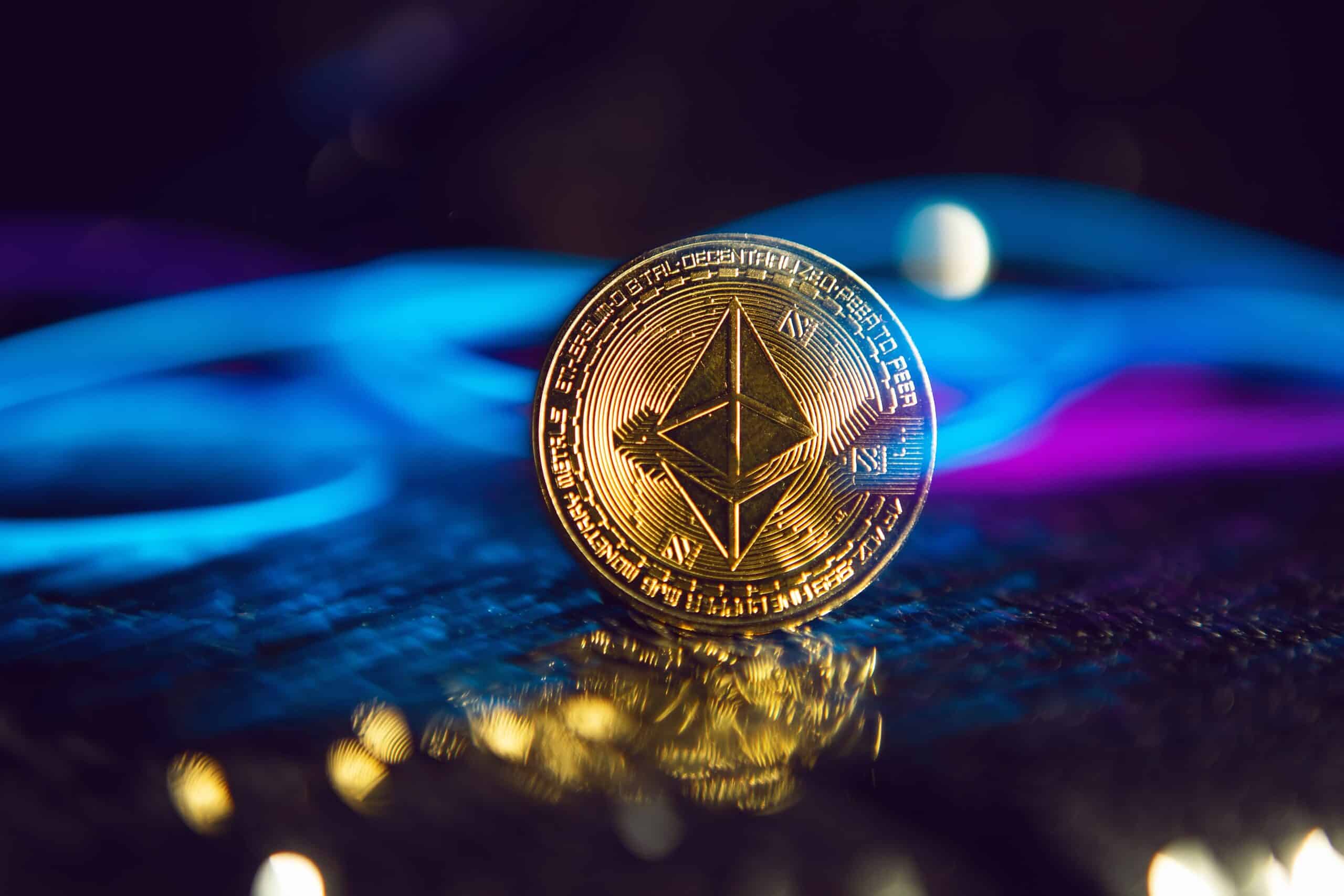Ethereum cofounder Vitalik Buterin shared plans to achieve greater scaling of the blockchain on both the layer 1 and layer 2 levels.
In a blog post on Oct. 17, outlining possible futures for Ethereum, Buterin said the key goals for the next phase of Ethereum’s development — The Surge — would be achieving 100,000 transactions per second (TPS) on the L1 and L2, while preserving decentralization on the base layer.
Another goal would be to make sure that at least some L2s fully inherit Ethereum’s core properties, such as trustlessness, openness and censorship resistance, while having maximum cross chain interoperability.
“Ethereum should feel like one ecosystem, not 34 different blockchains,” said Buterin.
In his view, the easiest way to make the L2 ecosystem easier to navigate would be reintroducing trust assumptions like centralized bridges and RPC [Remote Call Procedure] clients.
He also suggested standardizing chain specific payment requests, cross-chain swaps and gas payments as ways to improve interoperability. For L2s to scale, he proposed data compression methods, generalised plasma and maturing proof-systems.
Ethereum’s L2 ecosystem has seen significant growth in recent years, with Total Value Locked (TVL) in these protocols surging to 227% in a year to $37.5 billion.
“If L2s become very scalable and successful but L1 remains capable of processing only a very low volume of transactions, there are many risks to Ethereum that might arise,” noted Buterin.
One of those risks includes ETH’s economic situation, which could affect network security.
Buterin proposed scaling the L1 by either simply increasing the gas limit, or feature specific methods like new EVM bytecode called EOF that could lower gas costs, and introducing multidimensional gas pricing. A third strategy could be to introduce “native rollups” by creating many copies of the EVM that run in parallel to the protocol.
“Bringing more users onto L1 implies improving not just scale, but also other aspects of L1. It means that more MEV will remain on L1 (as opposed to becoming a problem just for L2s), and so will be even more of a pressing need to handle it explicitly,” he said.



